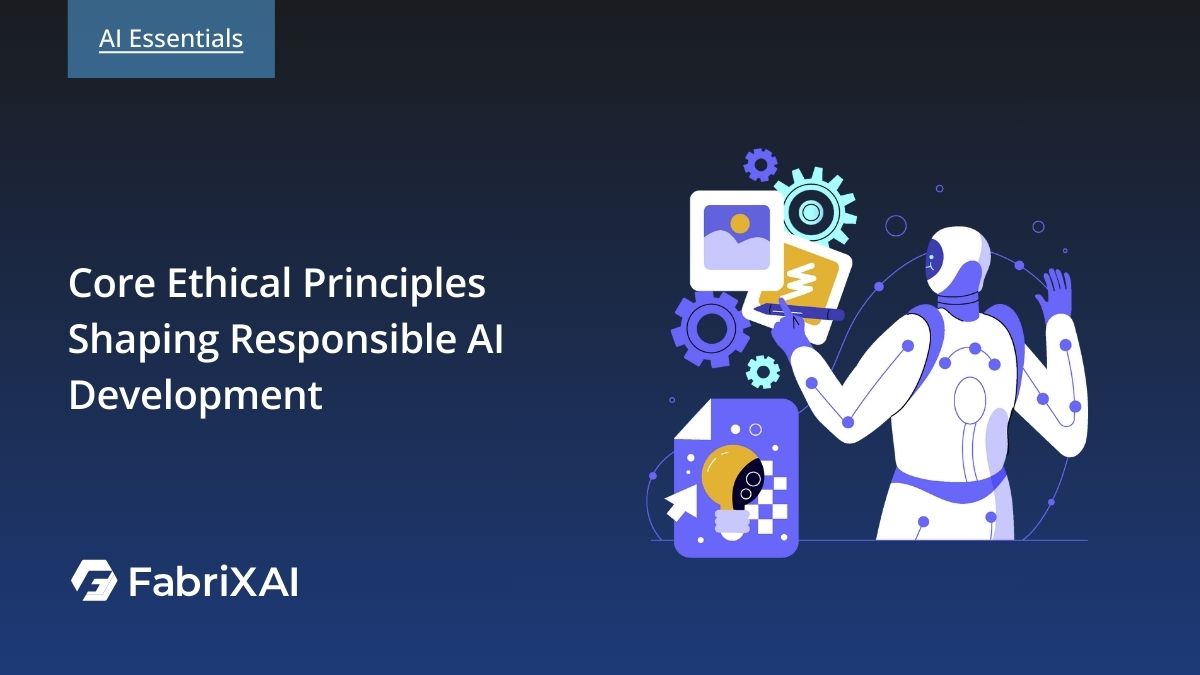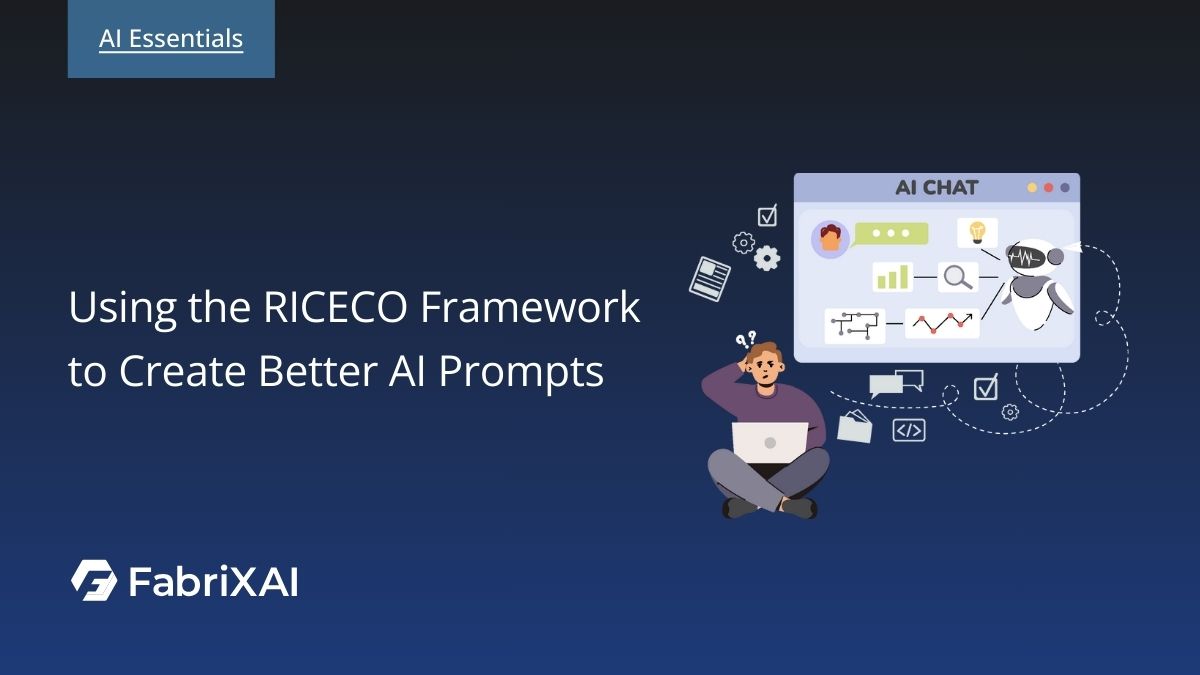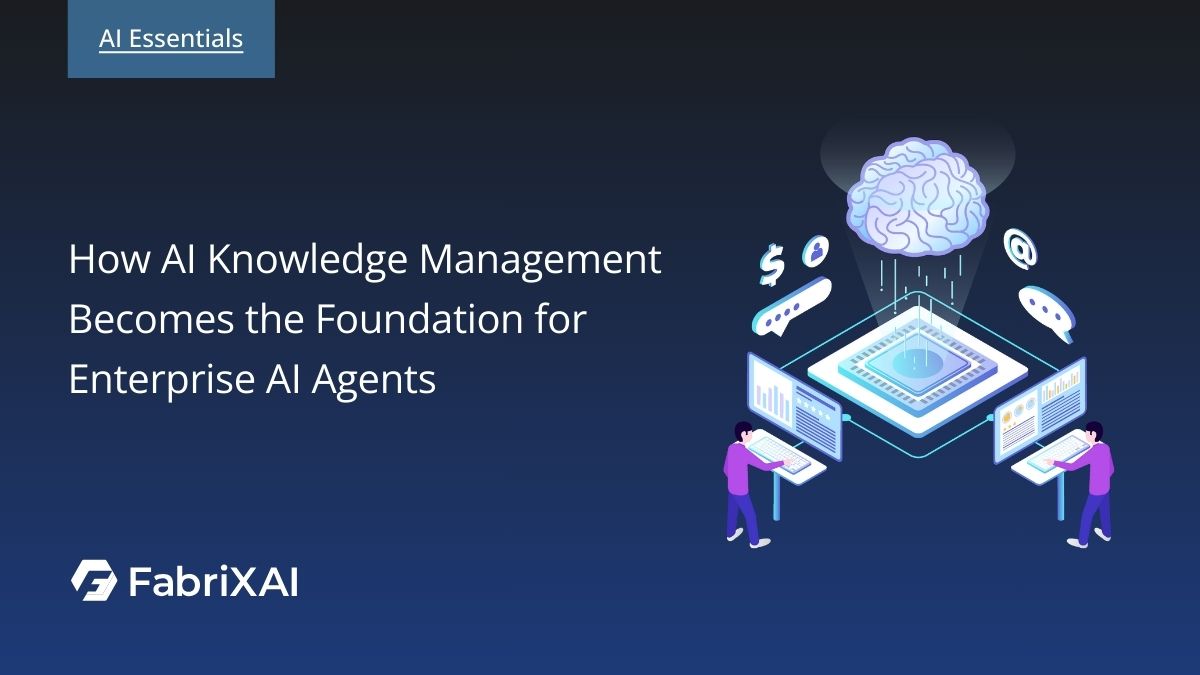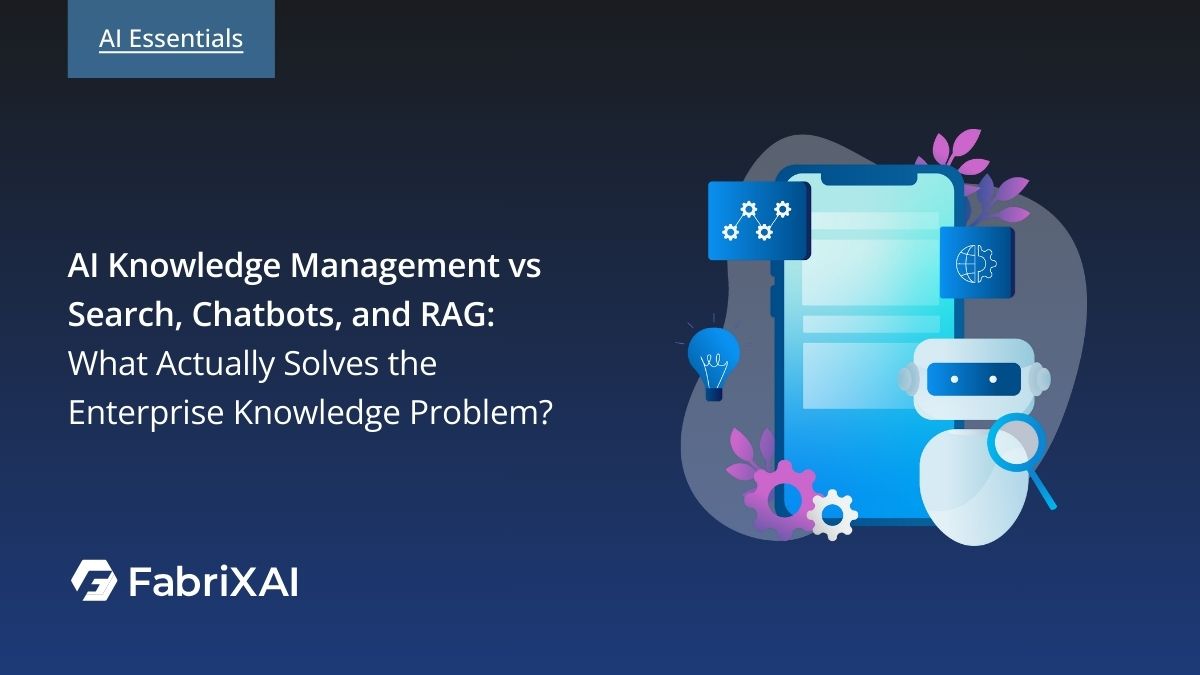Core Ethical Principles Shaping Responsible AI Development

In this article, three core principles of ethics and their application to AI are introduced: non-maleficence, beneficence, and justice. These principles, often derived from the field of medical ethics, form a foundation for guiding the responsible development and use of artificial intelligence. The discussion also underscores the importance of human rights, including privacy, dignity, non-discrimination, and freedom of expression, as essential considerations in AI ethics. Through real-world examples, each principle is illustrated to demonstrate its significance in fostering trust in AI systems.
Non-Maleficence (Do No Harm)
Definition
Non-maleficence refers to the principle of “do no harm”. In essence, it requires that AI systems must not cause injury or unjustified negative consequences to individuals or society. Developers and users of AI should make every effort to avoid causing physical, psychological, financial, or social harm. This obligation extends to the prevention of both direct harm, such as an autonomous vehicle causing an accident, and indirect harm, such as the loss of privacy or the erosion of security.
Application in AI
Applying the principle of non-maleficence to artificial intelligence involves anticipating and minimizing risks. AI systems should be rigorously tested to ensure they do not harm or exploit individuals. For example, an AI-powered medical device should be carefully evaluated to prevent misdiagnoses that could cause harm to patients. Non-maleficence in AI also requires guarding against misuse, such as preventing an AI tool from being repurposed for harmful purposes, including cyberattacks or oppressive surveillance.
Avoiding harm further entails protecting personal data and privacy, as misuse can identity theft or reputational damage. It also means being attentive to those who may be disproportionately affected, especially vulnerable groups such as children or minority communities, making it essential to include specific safeguards for their protection.
Real-World Example: Facial Recognition & Surveillance
A notable example illustrating the importance of the principle of “do no harm” is the use of facial recognition technology in law enforcement. Although such technology can assist in identifying and apprehending criminals, its misuse or technical flaws can cause significant harm to innocent individuals. Errors in facial recognition have already resulted in multiple wrongful arrests. In Detroit, for instance, an incorrect facial recognition match has led to the wrongful arrest of at least three people in recent years, all of whom were Black.
Such cases show how an AI system can harm individuals by violating their rights and freedoms. Furthermore, the use of facial recognition for mass surveillance can create a chilling effect on society, as people may feel they are under constant observation, leading to privacy violations and suppressed freedom of expression.
This example highlights the necessity of designing and deploying AI to actively prevent harm, whether by avoiding technological errors or refraining from uses that facilitate oppression. The principle of non-maleficence reminds us that the ability to implement an AI system does not justify doing so if it carries a significant risk of harming individuals or society.
Beneficence (Promoting Good)
Definition
Beneficence refers to the ethical principle of actively doing good and promoting good. In the context of artificial intelligence, it means that AI systems should provide tangible benefits to individuals and society. It is not sufficient merely to avoid causing harm; ideally, AI should enhance people’s lives, for example by improving healthcare, advancing education, increasing safety, or offering greater convenience.
Application in AI
Applying the principle of beneficence involves directing AI research and applications toward outcomes that provide clear social benefits. This may include using AI to address challenges such as enabling earlier diagnosis of diseases, reducing waste and pollution, or supporting individuals with disabilities. An AI system guided by beneficence is intentionally designed to help people, with the aim of enhancing human well-being rather than merely increasing efficiency for its own sake.
For example, an AI assistant that aids doctors in analyzing medical scans, when developed under the principle of beneficence, would be created with the primary purpose of saving lives and improving patient care. Developers adhering to this principle also have a responsibility to monitor the real-world impact of AI to ensure it is delivering genuine benefits, rather than simply fulfilling its intended design objectives.
Real-World Example: AI in Healthcare
The potential of AI to serve the principle of beneficence is particularly evident in the field of medicine. AI systems are already enhancing the speed and accuracy of disease diagnosis and treatment. In cancer screening, for instance, AI tools can analyze medical images such as mammograms or CT scans with exceptional accuracy. A large study conducted in Sweden found that an AI system assisting radiologists detected 20 percent more cases of breast cancer that might otherwise have been missed, without increasing false positives, and reduced radiologists’ workloads by 44 percent. Such outcomes improve patients’ chances of receiving early treatment while enabling doctors to devote more time to direct patient care.
Beyond diagnostics, AI is also applied in drug discovery, where it can analyze vast datasets to identify potential treatments more rapidly, and in personalized medicine, where treatments are tailored to the specific needs of individual patients. Additionally, AI-driven health applications can monitor patients’ conditions at home and alert medical professionals to issues before they escalate into emergencies. These are clear examples of AI being applied in accordance with the principle of beneficence, actively enhancing health outcomes and saving lives.
However, to fully uphold this principle, it is essential that such AI systems are both accessible and effective across all communities, including underserved areas, so that the benefits of AI are distributed widely and equitably.
Justice (Fairness)
Definition
Justice in ethics refers to fairness, equity, and impartiality. In the AI context, the principle of justice means AI systems should treat people fairly and avoid unfair bias or discrimination. All people affected by an AI system should be treated with equal concern and respect, and the system’s outcomes should not be unjustly skewed in ways that advantage or disadvantage particular groups.
Application in AI
Ensuring justice requires actively addressing biases in algorithms and data. Artificial intelligence systems often learn from historical data, and if that data reflects human biases or inequalities, the technology can unintentionally perpetuate or even intensify discrimination. The justice principle requires developers to examine algorithms for biased decision patterns, such as whether a hiring system consistently ranks candidates of a certain gender or ethnicity lower, and to correct any inequities identified.
It also includes inclusive design, which involves engaging diverse users in testing and development to ensure that the technology functions effectively for individuals from different backgrounds. Fairness audits and bias mitigation strategies are practical methods for applying the justice principle in artificial intelligence. Furthermore, justice encompasses the concepts of accessibility and fairness in distribution. This means that the benefits of artificial intelligence should not be limited to privileged groups, and opportunities created by the technology, such as improved services or employment, should be shared widely. No single group should bear all the risks while another group gains the full benefits.
Real-World Examples: Algorithmic Bias in Hiring and Credit
Several real examples show why fairness and justice in AI are so important. One case involved Amazon, which created an experimental AI tool to help choose job applicants. Over time, the tool began to favor men and discriminate against women. It learned this from past hiring data that included more men, so it started ranking male candidates higher and even lowering the scores of resumes that used the word “women’s”, such as in “women’s chess club”. This meant qualified women were unfairly ranked lower. Amazon stopped using the tool once the problem was found.
Another example came from the Apple Card credit limit system. In 2019, a tech entrepreneur discovered that he received a credit limit twenty times higher than his wife, even though her credit score was better. Many others reported similar situations, leading to an investigation into whether the system was biased against women. These cases show that biased AI can cause serious harm, such as denying someone a job or a fair financial opportunity. They also show why it is essential for AI developers to check for bias, be transparent about how AI makes decisions, and ensure that the technology treats people of all races, genders, and backgrounds fairly.
Human Rights and AI
Beyond the three core principles mentioned earlier, AI ethics must also follow fundamental human rights. International organizations and experts stress that human rights should be at the center of how AI is developed and used. This means AI should be designed and used in ways that respect and uphold the rights and freedoms that all people are entitled to. Four key rights to consider are:
1. Privacy
AI often relies on personal data—such as online activity or facial images—which raises risks of surveillance and misuse. Ethical design requires strong privacy protections: collecting only necessary data, keeping it secure, and using it only with consent. For example, an AI app should never sell sensitive data without permission. Public surveillance using AI, such as facial recognition in CCTV, must be strictly controlled to avoid creating a society where people feel constantly watched.
2. Dignity
AI should never undermine human dignity or treat people as objects. For example, creating deepfakes to humiliate someone clearly violates dignity. In healthcare, AI should support doctors while respecting patients as individuals, not just data points. Transparency also matters—people should know when they are interacting with AI (like a chatbot) instead of a human.
3. Freedom from Discrimination
AI must not unfairly disadvantage groups. Bias in hiring or lending systems breaks this right and may even violate the law. Ethical AI design means carefully checking data and algorithms to prevent unfair treatment. It should also promote inclusion—for example, ensuring school admissions or job hiring systems give equal opportunities to all applicants. Many countries already have laws that ban discrimination based on race, gender, religion, and other protected characteristics, so an AI that discriminates may also be breaking the law.
4. Freedom of Expression
AI can affect how people share and access information. Automated content moderation can help remove harmful material but may also wrongly censor legitimate posts. Governments using AI to block news or social media content pose even greater risks. Ethical AI should avoid unnecessary censorship while supporting open discussion and diverse opinions.
Summary
Placing human rights at the center of AI ethics ensures technology serves people rather than restricts them. When AI respects privacy, dignity, fairness, and free expression, it not only avoids harm but actively strengthens democratic values. Developers should consider these rights from the very start—and if a system cannot respect them, many experts argue it should not be built at all.
Key Takeaways
AI ethics rests on several key principles. Non-maleficence means AI should do no harm, avoiding physical, psychological, financial, or social risks through careful testing and safeguards. Beneficence goes further, requiring AI to actively do good by improving areas such as healthcare, education, and accessibility, while ensuring benefits are shared widely. Justice demands fairness by addressing bias, preventing discrimination, and promoting equal access to opportunities. Privacy calls for limiting data collection, securing personal information, and protecting people from misuse or surveillance. Dignity ensures that AI respects human value, avoids dehumanizing interactions, and remains transparent with users. Freedom from discrimination highlights the need for inclusive design that treats all groups fairly, while freedom of expression emphasizes balancing the removal of harmful content with the protection of open dialogue and diverse viewpoints. Together, these principles provide a foundation for building AI systems that are safe, fair, and trustworthy.
Frequently Asked Questions (FAQ)
Q1. What are the key principles of AI ethics?
Non-maleficence (do no harm), beneficence (promote good), justice (ensure fairness), along with privacy, dignity, non-discrimination, and freedom of expression.
Q2. What does “do no harm” mean in AI?
It means AI must avoid causing physical, psychological, financial, or social harm, directly or indirectly.
Q3. How does beneficence apply to AI?
Beneficence requires AI to provide clear benefits—like saving lives in healthcare or increasing accessibility for people with disabilities.
Q4. Why is fairness so important in AI?
Without fairness, AI can reinforce discrimination and widen inequalities. Justice ensures equal treatment across gender, race, and other groups.
Q5. How do human rights relate to AI?
AI should respect rights such as privacy, dignity, equality, and freedom of expression. Systems that cannot uphold these rights should not be deployed.



